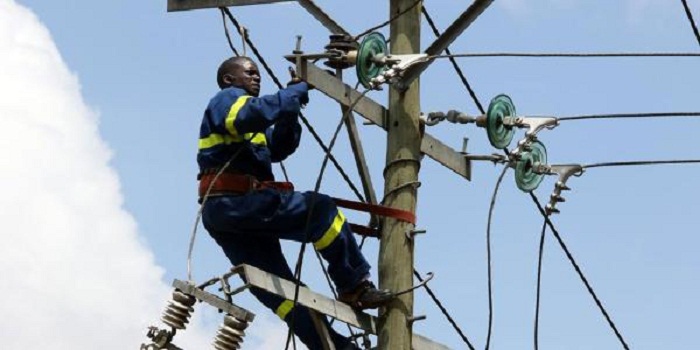The Kenya Power and Lighting Company has expressed an interest in enhancing supply quality to large power consumers. This comes in a bid to promote the manufacturing sector and encourage a 24-hour economy.
To achieve this, the Company has embarked on a customer engagement programme which targets industrial and commercial consumers. It presents an opportunity to identify supply challenges and develop a resolution matrix that is tailor-made to address each customer’s concerns.
The engagement programme comprises of industrial visits, establishment of regional industry liaison offices to enable coordinated and efficient response to customer issues, segmentation and grouping of customers into WhatsApp groups to encourage real time communication and incident management.
Also read:Tanesco boasts enough Power supply in Kilimanjaro-Tanzania
Approximately, 60% of Kenya Power’s revenue from sale of electricity is from large power consumers. In December, the Company introduced a Time of Use tariff. Its main target was this class of customers; to encourage more uptake of electricity at off-peak hours hence promote 24-hour manufacturing activity.
“We would like to thank our large power customers for the support this far. We have also put in place some critical interventions to continuously improve our service delivery,” said Dr. Tarus. “There are a number of ongoing projects which upon completion will improve power supply,” he added.
Works underway
Completion of a distribution substation that is currently under construction in Embakasi is going to pave way for evacuation of additional geothermal power, which will boost supply in Nairobi, especially to customers in Industrial area.
The Company has also deployed smart meters for large power customers. This therefore allows them to easily access their readings and minimize human intervention.
In addition, the Company is keen on expanding the distribution network through construction of additional substations and lines to avail alternative supply points to large power customers.
